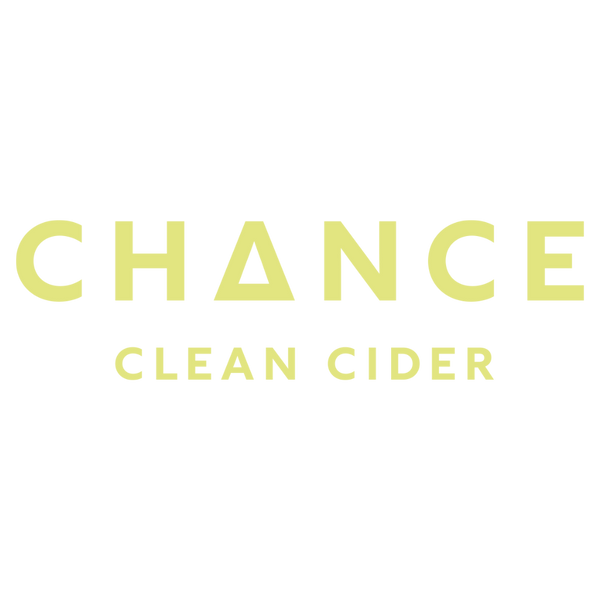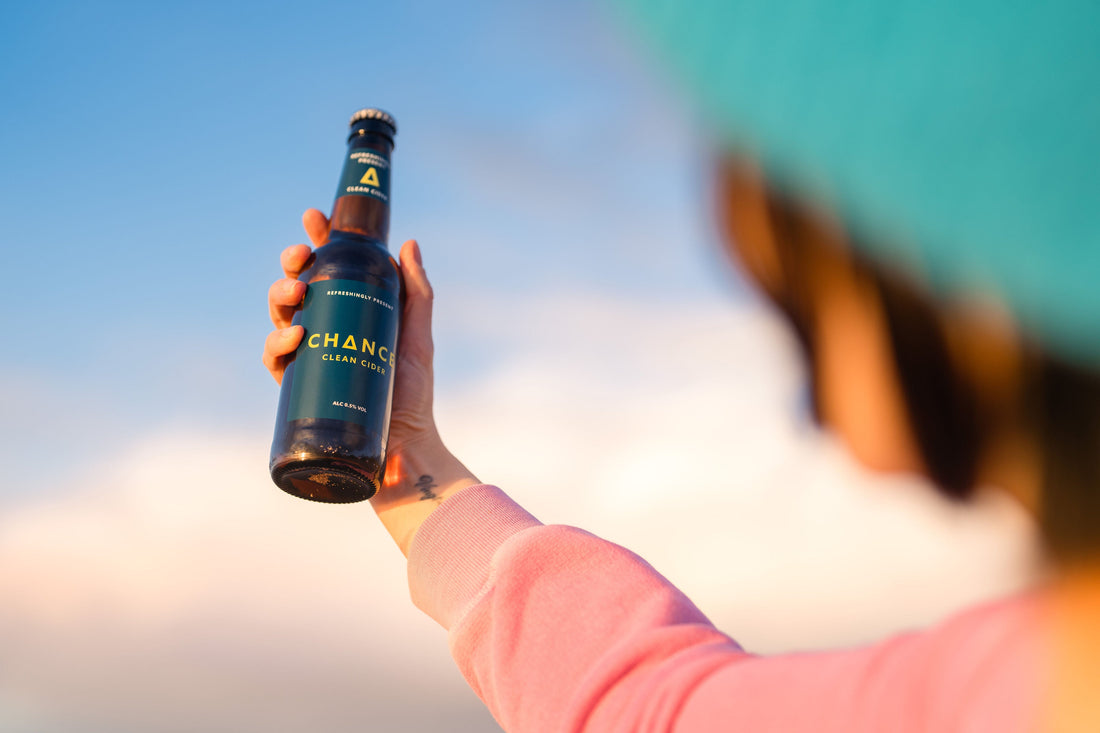You’ve plucked a chilled bottle of CHANCE non-alcoholic cider out of the fridge and spotted the "0.5% ABV" on our label, you might have paused and thought, does this really count as non-alcoholic? We’ve seen your questions and wonderings, and we totally get it—if you’re choosing a non-alcoholic drink, you want to be sure it’s absolutely the right choice for you.
The good news is 0.5% ABV is completely normal for non-alcoholic drinks, and you’d be surprised how often you’d find the same amount in everyday foods. So, let’s clear up the confusion and talk about what that tiny percentage of alcohol really means.
What Does ABV Actually Mean?
ABV stands for Alcohol By Volume, and it’s simply a way of measuring how much alcohol is in a drink. The higher the percentage, the more alcohol it contains.
Here’s how we breaks down under UK law:
- 0.5% ABV and below = Non-alcoholic
- Above 0.5% but below 1.2% ABV = Low alcohol
- Above 1.2% ABV = Alcoholic beverage
In the UK (and in other countries), anything that weighs in at 0.5% ABV or lower is legally classed as non-alcoholic. That said, it’s natural for your average shopper to see any number above 0% on the label and raise an eyebrow.
Foods That Naturally Contain Alcohol
tiny traces of alcohol - not just in drinks, but in food too.
Here are a few bites and beverages that contain alcohol that we’re all digging into on the regular:
- Overripe bananas – The riper they are, the more natural fermentation occurs. Some bananas can contain up to 0.6% ABV.
- Fresh orange juice – Your fresh morning OJ can have around 0.5% ABV due to the way fruit sugars naturally ferment.
- Sourdough bread – The fermentation process that gives sourdough its delicious tang can also create traces of alcohol, sometimes as much as 0.4-0.5% ABV.
- Soy sauce – Some brands of soy sauce contain up to 2% ABV, yet you don’t see any half measures being drizzled at the sushi bar.
With that in mind, you can sink safely into a bottle of our non-alcoholic cider knowing it isn’t much different from eating a very ripe banana or enjoying a glass of fresh juice—some might say it tastes even better.
Why is 0.5% ABV still considered non-alcoholic?
It won’t get you drunk – At 0.5% ABV, you’d have to drink 10+ bottles (and some) in a short space of time to match the alcohol in a single pint of beer.
Your body processes it quickly – The trace amount of alcohol is so low that your body metabolises it almost instantly, meaning there’s no intoxicating effect.
Other everyday products contain alcohol too – Things like vinegar, kombucha, and even some baked goods contain small amounts of alcohol. 0.5% ABV is considered so low, it’s not something most people even think about.
Put another way, 0.5% ABV is just a byproduct of natural fermentation—the same process that gives CHANCE cider its depth and complex flavors without the boozy effects.
It’s all about giving people the choice. Whether you’re looking to cut down on alcohol or simply enjoy a tasty, refreshing cider, we want you to feel good about what you’re drinking. And if you ever have questions, we’re always happy to chat—because transparency matters just as much as great cider.

